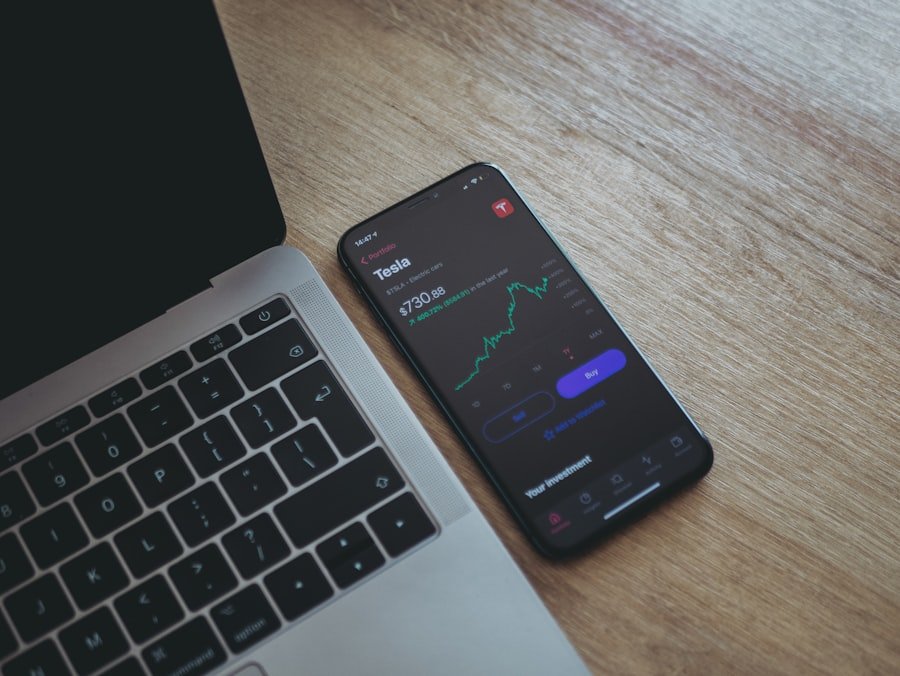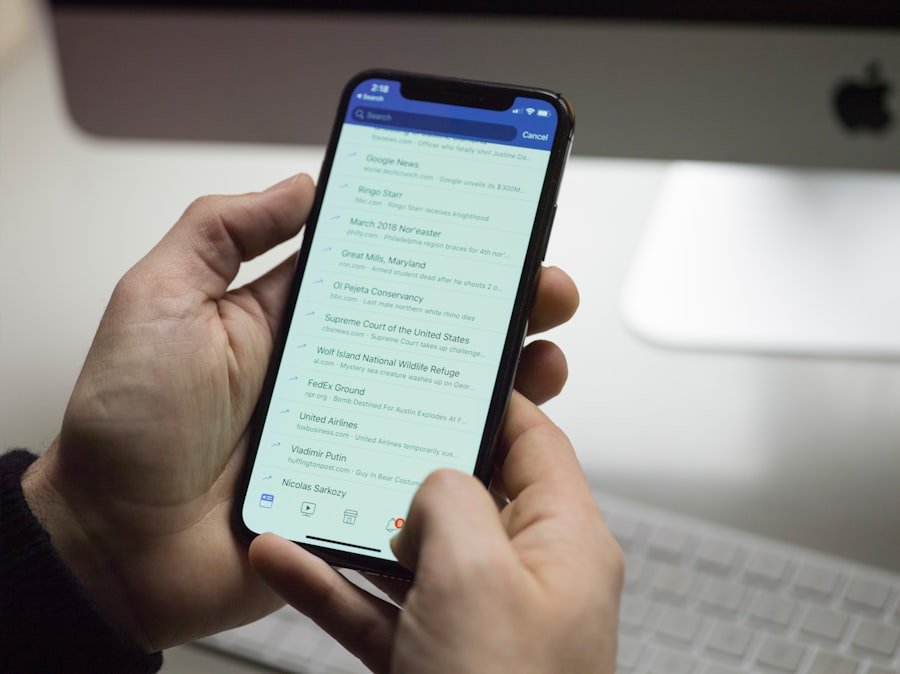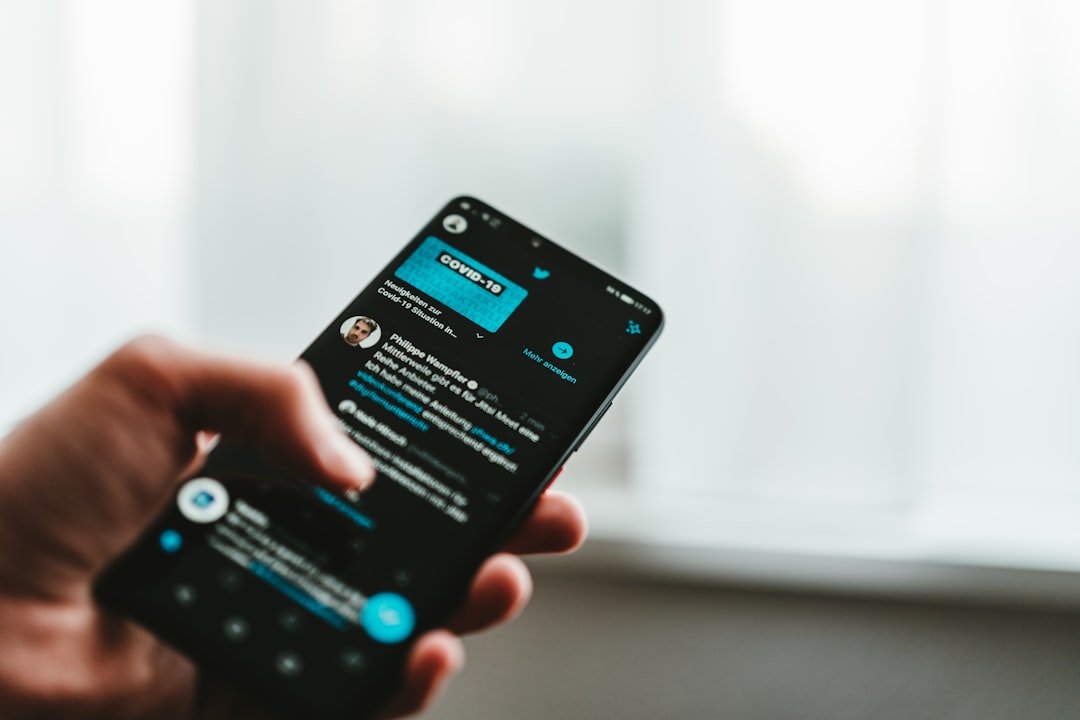Location Services on the iPhone are a set of features that allow apps and system services to use information from cellular, Wi-Fi, GPS, and Bluetooth networks to determine the device’s approximate location. This functionality is integral to many applications, enabling them to provide location-based services such as navigation, local search results, and personalized content. For instance, when you open a map application, it can pinpoint your current location and provide directions to your desired destination.
The technology behind Location Services combines various data sources to enhance accuracy, making it a powerful tool for both users and developers. The significance of Location Services extends beyond mere navigation. It plays a crucial role in enhancing user experience across various applications, from social media platforms that allow users to check in at locations to fitness apps that track running routes.
Moreover, businesses leverage this technology for targeted advertising, ensuring that users receive relevant promotions based on their geographical location. As such, understanding how Location Services work and how to manage them is essential for maximizing the benefits while maintaining privacy and security.
Key Takeaways
- Location Services on iPhone allow apps and websites to use information from cellular, Wi-Fi, and GPS networks to determine your approximate location.
- To enable Location Services on iPhone, go to Settings, then Privacy, and then Location Services. Toggle the switch to turn it on.
- Understanding Location Services Settings on iPhone is important as it allows you to control which apps have access to your location and when they can use it.
- iPhone uses GPS, Wi-Fi, and cellular data to determine your location for Location Services, providing accurate and reliable information.
- Utilize Location Services for Maps and Directions to get accurate navigation and real-time traffic updates on your iPhone.
How to Enable Location Services on iPhone
Enabling Location Services on an iPhone is a straightforward process that can be accomplished through the device’s settings. To begin, users should navigate to the “Settings” app, which is typically represented by a gear icon on the home screen. Once inside the Settings menu, scroll down and select “Privacy,” where you will find the “Location Services” option at the top of the list.
Tapping on this will lead you to a toggle switch that allows you to turn Location Services on or off. When enabled, this feature allows apps to access your location data as needed. It is important to note that enabling Location Services does not automatically grant all apps access to your location.
Instead, users have the option to customize permissions for individual applications. After turning on Location Services, you can scroll down to see a list of apps that have requested access to your location. Each app can be set to “Never,” “While Using the App,” or “Always,” depending on how you want them to utilize your location data.
This granularity ensures that users maintain control over their privacy while still benefiting from location-based functionalities.
Understanding Location Services Settings on iPhone

The settings for Location Services on an iPhone provide users with a comprehensive overview of how their location data is being utilized by various applications. Within the Location Services menu, users can see which apps have requested access to their location and what level of access they have been granted. This transparency is crucial for users who are concerned about privacy and want to ensure that only trusted applications can track their whereabouts.
In addition to managing app-specific settings, the Location Services menu also includes system services that utilize location data for essential functions. For example, features like “Find My iPhone,” “Emergency Calls & SOS,” and “Location-Based Alerts” rely on accurate location information to operate effectively. Users can choose to enable or disable these system services based on their preferences.
Furthermore, there is an option called “Share My Location,” which allows users to share their current location with friends and family through Apple’s messaging services or Find My app, adding another layer of functionality to the overall experience.
Using GPS and Wi-Fi for Location Services
| Metrics | GPS | Wi-Fi |
|---|---|---|
| Accuracy | High | Medium |
| Availability | Outdoor | Indoor |
| Power Consumption | High | Low |
| Cost | Expensive | Inexpensive |
Location Services on the iPhone primarily rely on two technologies: GPS (Global Positioning System) and Wi-Fi positioning. GPS is a satellite-based navigation system that provides precise location information anywhere on Earth, making it particularly useful for outdoor navigation and activities. When an iPhone connects to GPS satellites, it can determine its location with remarkable accuracy, often within a few meters.
This capability is essential for applications like Google Maps or Apple Maps, where real-time navigation is required. On the other hand, Wi-Fi positioning serves as a complementary technology that enhances location accuracy, especially in urban environments where GPS signals may be obstructed by tall buildings or other structures. When an iPhone connects to Wi-Fi networks, it can use the known locations of these networks to triangulate its position more effectively.
This method is particularly beneficial indoors or in densely populated areas where GPS alone may struggle. By combining both GPS and Wi-Fi data, iPhones can provide users with a more reliable and accurate location experience across various scenarios.
Utilizing Location Services for Maps and Directions
One of the most popular uses of Location Services on the iPhone is for maps and navigation applications. When users open a mapping app like Apple Maps or Google Maps, the device utilizes its location data to identify where the user is situated in real-time. This capability allows for seamless navigation, as users can receive turn-by-turn directions based on their current position.
The integration of live traffic data further enhances this experience by providing alternative routes in case of congestion or road closures. Moreover, these mapping applications often incorporate additional features that leverage Location Services for enhanced usability. For instance, users can search for nearby restaurants, gas stations, or points of interest based on their current location.
The ability to filter results by distance or user ratings makes it easier for individuals to make informed decisions about where to go next. Additionally, features like “Share My Location” allow users to send their current whereabouts to friends or family members directly from the maps app, facilitating coordination during travel or outings.
Privacy Concerns with Location Services

While Location Services offer numerous benefits, they also raise significant privacy concerns among users. The ability of apps and services to track an individual’s location can lead to potential misuse of personal data if not managed properly. For instance, some applications may collect location data even when they are not actively being used, leading to questions about how this information is stored and whether it could be accessed by third parties without consent.
To address these concerns, Apple has implemented several privacy features within its operating system. Users are given control over which apps can access their location data and under what circumstances. The transparency provided in the Location Services settings allows individuals to make informed choices about their privacy preferences.
Additionally, Apple has introduced features like “Significant Locations,” which provides users with insights into how often they visit certain places while allowing them to delete this history if desired. Such measures aim to empower users while ensuring that they can enjoy the benefits of Location Services without compromising their privacy.
Managing Location Services for Specific Apps
Managing Location Services for specific apps is crucial for maintaining both functionality and privacy on an iPhone. As mentioned earlier, users have the ability to customize location access for each application individually. This means that if a user prefers not to share their location with a particular app—perhaps due to privacy concerns—they can set that app’s permission to “Never.” Conversely, if an app requires constant access for optimal performance—such as a fitness tracker—users can choose “Always” or “While Using the App.” This granular control allows users to strike a balance between convenience and privacy.
For example, social media apps may request access to location data for check-ins or tagging purposes; however, users might only want these features available when actively using the app rather than all the time. By regularly reviewing and adjusting these settings, individuals can ensure that they are only sharing their location with trusted applications while minimizing unnecessary tracking.
Troubleshooting Location Services Issues
Despite its robust functionality, users may occasionally encounter issues with Location Services on their iPhones. Common problems include inaccurate location readings or apps failing to access location data altogether. One of the first steps in troubleshooting these issues is ensuring that Location Services are enabled in the device settings as previously described.
If they are enabled but still not functioning correctly, restarting the device can often resolve temporary glitches. Another potential solution involves checking whether specific apps have permission to access location data. If an app is not functioning as expected, navigating back into the Location Services settings can help identify any restrictions that may be in place.
Additionally, ensuring that the device’s software is up-to-date is essential; software updates often include bug fixes and improvements related to Location Services functionality. If problems persist after these steps, resetting network settings may be necessary as it can resolve connectivity issues affecting GPS or Wi-Fi positioning.
Using Location Services for Geotagging Photos
Geotagging photos is another fascinating application of Location Services on the iPhone that enhances how users document their experiences through photography. When enabled, this feature automatically embeds geographical coordinates into photos taken with the device’s camera. As a result, each image captures not only visual memories but also contextual information about where it was taken—adding depth and meaning when revisiting those moments later.
For photographers and travelers alike, geotagging offers significant advantages. It allows users to organize their photo libraries based on locations visited, making it easier to find images from specific trips or events later on. Many photo management applications utilize this geolocation data to create interactive maps showcasing where photos were taken over time.
However, users should be mindful of privacy implications; sharing geotagged photos publicly could inadvertently reveal sensitive information about one’s whereabouts.
Location Services for Weather and Timezone Updates
Location Services also play a vital role in providing accurate weather forecasts and timezone updates on an iPhone. Weather applications utilize real-time location data to deliver localized forecasts tailored specifically for the user’s current area. This means that whether you are at home or traveling abroad, your weather app can provide relevant information about temperature, precipitation chances, and severe weather alerts based on your precise location.
Similarly, timezone updates rely heavily on accurate location information. When traveling across different regions or countries, an iPhone automatically adjusts its clock based on your current geographical position—ensuring that you remain punctual regardless of where you are in the world. This seamless transition between time zones eliminates confusion and enhances user experience while traveling.
Exploring Advanced Location Services Features on iPhone
Beyond basic functionalities, advanced features within Location Services offer even more capabilities for iPhone users looking to maximize their experience with this technology. One such feature is “Geofencing,” which allows apps to trigger specific actions when a user enters or exits designated geographical boundaries. For example, a shopping app might send notifications about sales when you approach a store’s location—a powerful tool for businesses aiming to engage customers in real-time.
Another advanced feature is “Find My,” which combines GPS tracking with Bluetooth technology to help locate lost devices or friends within close proximity. This service not only assists in finding misplaced items but also enhances safety by allowing users to share their locations with trusted contacts during emergencies or while traveling alone at night. In summary, Location Services on iPhones encompass a wide range of functionalities that enhance user experience across various applications while raising important privacy considerations that must be managed carefully.
If you are looking to learn more about location services on your iPhone, you may also be interested in reading our article on the importance of privacy settings. Understanding how to manage your location data and protect your personal information is crucial in today’s digital age. Check out our privacy policy for more information on how to keep your iPhone secure.
FAQs
What are location services on iPhone?
Location services on iPhone are a feature that allows the device to determine its location using GPS, Wi-Fi, Bluetooth, and cellular data. This feature is used by various apps to provide location-based services such as maps, weather, and location-based reminders.
How do I enable location services on iPhone?
To enable location services on iPhone, go to “Settings” > “Privacy” > “Location Services” and toggle the switch to enable location services. You can also customize the location settings for individual apps from this menu.
How do I find my current location on iPhone?
To find your current location on iPhone, you can use the Maps app or any other location-based app that has access to your location services. Simply open the app and it will display your current location on the map.
How do I turn off location services on iPhone?
To turn off location services on iPhone, go to “Settings” > “Privacy” > “Location Services” and toggle the switch to disable location services. Keep in mind that turning off location services may affect the functionality of certain apps.
Can I share my location with others using iPhone?
Yes, you can share your location with others using the “Find My” app or through the Messages app. This allows you to share your real-time location with friends and family for a specific period of time.










